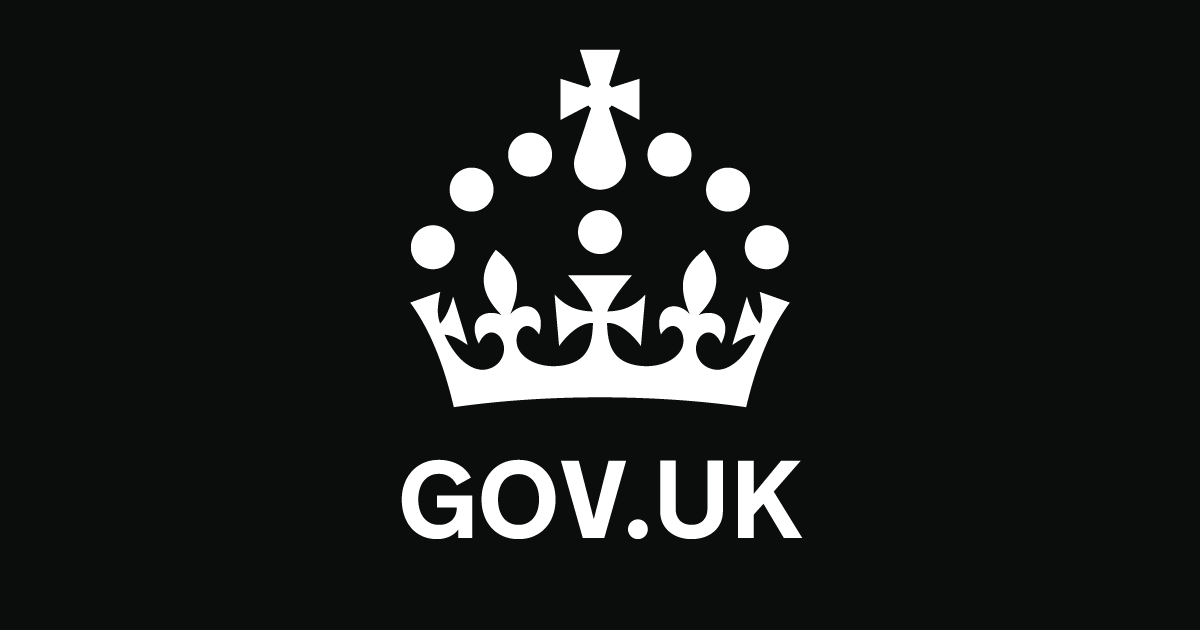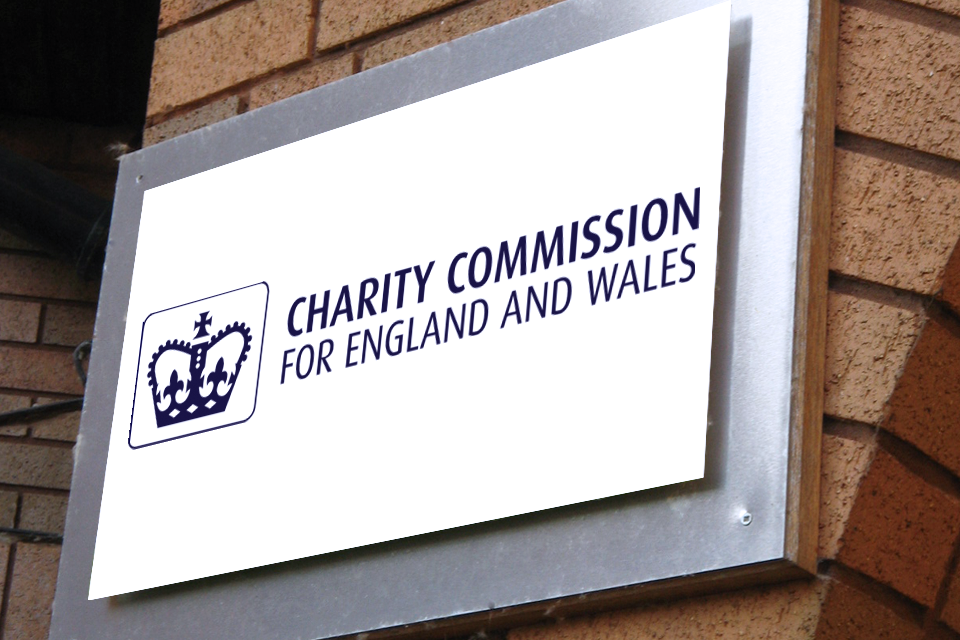Its annual sector risk profile report shows that viability risks have intensified over the last year, and social landlords are facing significant and competing pressures to deliver both more and better social homes against a backdrop of higher borrowing costs.
Though the sector remains resilient overall, many landlords have less capacity to deal with new challenges. This requires more active management from boards, with less margin for error in decision making.
It is a fundamental responsibility of all landlords to ensure that tenants are safe in their homes. They must prioritise essential safety work, including issues with cladding on high-rise buildings, and tackle other issues like damp and mould. It is absolutely critical that landlords continue to be well run and financially viable, so they can carry out this important safety work, identify issues before they happen, and build new homes for people on waiting lists.
London and other urban areas are experiencing the most acute financial pressures particularly where large numbers of flats need building safety works.
These challenges are expected to persist for the foreseeable future, as social housing undergoes a long-term shift, with higher borrowing costs and an ongoing need to maintain and invest in tenants’ existing homes and build much needed new homes for the future.
Fiona MacGregor, Chief Executive at RSH, said
Most housing associations are investing record amounts in new and existing homes without threatening their financial viability.
However, some individual landlords face particular pressures, and we expect those to sustain for some time before the position eases.
There is very little margin for error, and it is absolutely critical that landlords are well run, with robust systems for identifying and mitigating risks.
Boards must maintain a real clarity of purpose to successfully navigate these competing demands while remaining financially viable.
For the first time since 2009, the cost of servicing debt for private registered providers (PRPs) exceeded net earnings last year. In aggregate terms, forecast sector interest cover over the next five years is just 111%.
RSH has a range of tools – including inspections, yearly stability checks and quarterly surveys – to identify emerging risks and work with landlords to mitigate these as far as possible.
RSH has already identified a number of individual landlords who were not financially viable and who have since merged with others to protect tenants’ homes and lenders’ capital. RSH expects that more individual landlords will fail to meet the outcomes in its economic standards over the coming months, as this challenging environment continues.
Notes to editors
- The Sector Risk Profile sets out the regulator’s view of the most significant risks to providers’ ongoing compliance with its regulatory standards. The report is aimed primarily at boards of housing associations and other private registered providers and, where relevant, the councillors forming the governing bodies of local authority registered providers.
- The Sector Risk Profile has a particular focus on risks to delivering the outcomes required by RSH’s economic standards. RSH’s annual consumer regulation review provides examples from recent casework that providers can learn from to help strengthen their approach.
- The Regulator of Social Housing promotes a viable, efficient and well-governed social housing sector able to deliver and maintain homes of appropriate quality that meet a range of needs. It does this by undertaking robust economic regulation focusing on governance, financial viability and value for money that maintains lender confidence and protects the taxpayer. It also sets consumer standards and may take action if the outcomes in these standards are not delivered.
- Local authorities must meet RSH’s new consumer standards but RSH does not regulate their governance or financial viability.
For general enquiries email [email protected]. For media enquiries please see our Media Enquiries page.







